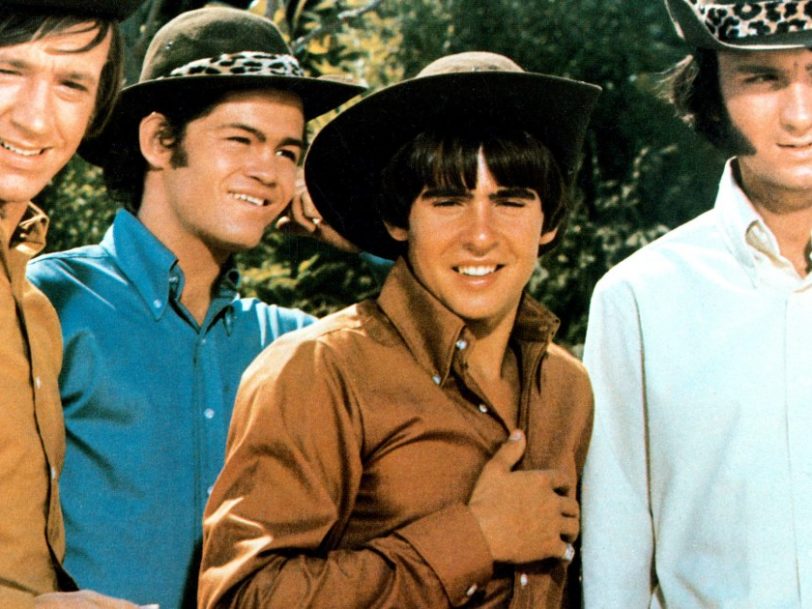Down the decades, a weird myth about The Monkees has taken root until it has become reality. This is not unusual in rock’n’roll: Ringo wasn’t much of a drummer; Motown didn’t want to release What’s Going On… that kind of tale. You think the biggest band of their era would carry an inadequate drummer? Motown didn’t release quite a lot of Marvin Gaye’s material; would it issue an album by him that they thought sucked? The Monkees have a similar mythology: formed to front their namesake TV show, their early – often chart-topping – hits were trivial pop cuts that didn’t allow the group to express themselves as a creative entity until the release of their gleefully psychedelic 1968 film and its accompanying album, Head.
Listen to the best of The Monkees here.
There’s nothing wrong with Head. If you want to witness pop’s bubble being punctured by people who have had enough of conforming to rules they never made, alight here. It’s easy to love this innovative movie, and its accompanying album boasts intriguing, well-crafted songs that destroy all expectations. Head is not an aberration, however. It sums up what The Monkees always did: deliver brilliant, funny, rebellious youth culture.
The Monkees made artistic, expressive and creative music
Head has its own myth: The Monkees believed they were sticking it to The Man by making the movie and album; but The Man released both. Why? Because The Man secretly thought Head must be cool: if that’s what the kids wanted, The Man would sell it. But the records The Monkees made before Head were artistic, expressive, savage and sarcastic – if they weren’t, Head would not have mattered. It did matter, however, because The Monkees were an important band who’d sold millions of fabulous records. If they’d been nobodies, Head would have been a psychedelic miracle that bombed, like so many other one-offs made by pop’s forgotten also-rans.
The Monkees were not alone in seeking artistic fulfilment in the psychedelic era, despite having already made some of the greatest pop of their generation. Think of The Four Seasons’ The Genuine Imitation Life Gazette or Bee Gees’ Odessa – literally fantastic records, but not works those bands are remembered for; these experiments were not repeated. Pop groups who begged “to be taken seriously as musicians” were common. But in many cases, bands’ “straight” records were better, had just as powerful a message to impart, and communicated more directly than their freaky work. In this generation, in this loving time…
The Monkees recorded perfect 60s pop
The Monkees’ earlier pop songs should be taken more seriously. The likes of Daydream Believer and I’m A Believer speak for themselves: this was the work of a class act. If The Beatles had released Last Train To Clarksville, fans would have considered it business as usual. A Little Bit Me, A Little Bit You and Valleri are perfect 60s pop. But “The Monkees ain’t real” was an idea that appealed to the fans and makers of “serious” music. It still taints how the group is assessed.


